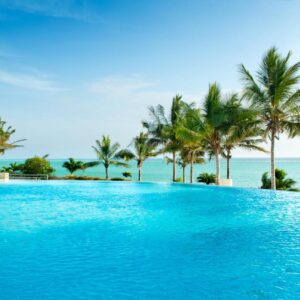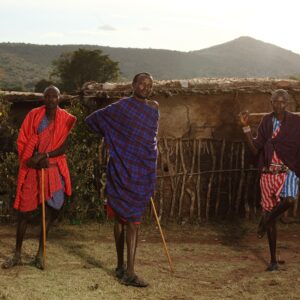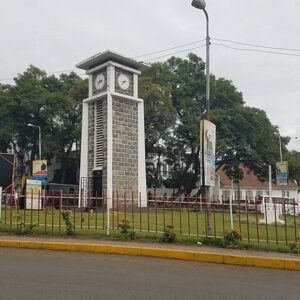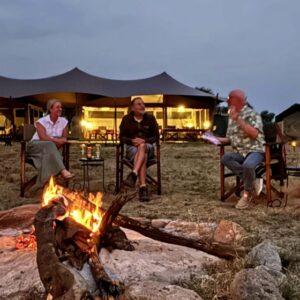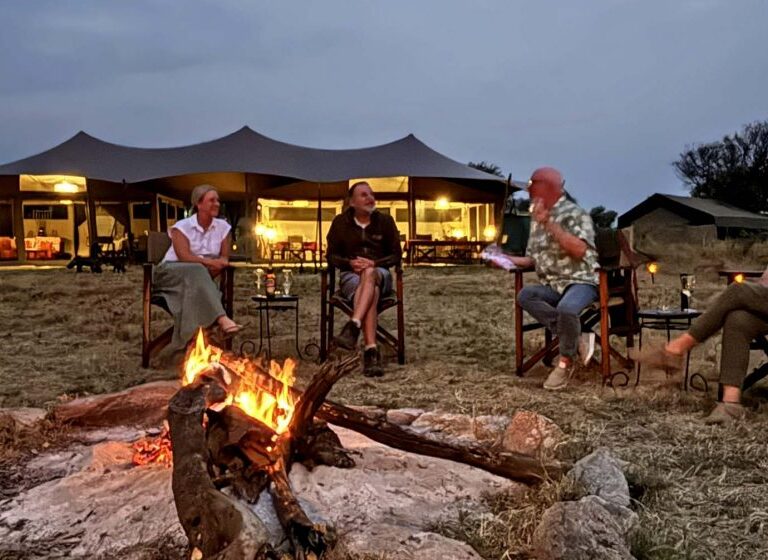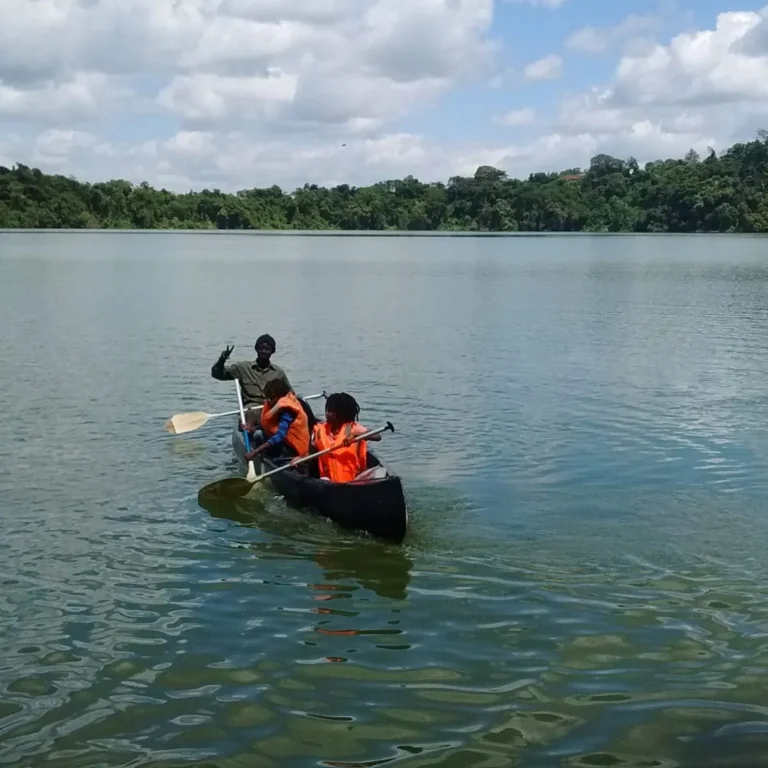Conquering the Roof of Africa on a Budget: Your Guide to an Affordable Kilimanjaro Climb. Mount Kilimanjaro, the very name conjures images of snow-capped peaks, vast African plains, and a monumental challenge. For many, it’s a lifelong dream, a pinnacle of adventure. Yet, the perception often exists that climbing Kilimanjaro is an exclusive pursuit, reserved only for those with deep pockets. While it’s true that a Kilimanjaro expedition can be a significant investment, the good news is that it is possible to conquer the Roof of Africa without breaking the bank, provided you plan wisely and prioritize correctly. This guide will demystify the costs involved and reveal practical strategies for climbing Kilimanjaro on a budget, ensuring your dream remains within reach. From the bustling safari gateway of Arusha or the quieter town of Moshi, your journey to the summit can be both affordable and unforgettable.
The Golden Rule: Safety First, Budget Second
Before we delve into cost-cutting measures, it’s absolutely paramount to establish one non-negotiable principle: never compromise on safety or ethical standards to save money. Kilimanjaro is a serious mountain, and attempting it with a substandard, cut-rate operator is a recipe for disaster.
Why “Cheap” Operators are Dangerous:
Poorly Paid & Equipped Staff: The lowest-cost operators often achieve their prices by underpaying and poorly equipping their porters and guides. This leads to exhausted, ill-prepared staff, which directly impacts your safety and the ethical treatment of local workers.
Inadequate Food & Gear: You might receive insufficient or low-quality food, leading to malnutrition and reduced energy on the mountain. Crucial safety equipment (oxygen, medical kits, stretchers) might be absent or faulty.
Rushed Itineraries: They might push for shorter, riskier routes (like a 5-day climb) to cut costs, significantly increasing your risk of Acute Mountain Sickness (AMS) and lowering your summit success rate.
Lack of Proper Safety Protocols: Guides may not be adequately trained in high-altitude first aid, or they might ignore early signs of AMS in clients, leading to severe health complications.
A truly budget-friendly climb means finding the best value within a safe and ethical framework, not simply the lowest price.
Deconstructing the Costs: Where Does Your Money Go?
Understanding the primary cost components is the first step to effective budgeting: Kilimanjaro National Park Fees: This is the largest and most non-negotiable expense. These fees are set by the Tanzanian government and cover conservation fees, camping/hut fees, rescue fees, and value-added tax (VAT). They are charged per person, per day. For a 7-day climb, these fees alone typically amount to well over USD 1,000 per person.
Guide, Porter, and Cook Wages: You cannot climb Kilimanjaro independently. You need a licensed guide, assistant guides, porters (to carry your gear, food, and camping equipment), and a cook. Their wages are a significant portion of the cost.
Food & Water: Providing three meals a day, snacks, and purified water for the entire climbing team (clients and crew) for the duration of the climb.
Camping/Hut Equipment: Tents, sleeping mats, mess tents, tables, chairs, cooking equipment (for camping routes). Hut fees for the Marangu route.
Logistics & Transport: Transfers from your hotel to the park gate and back, and between different gates if you’re on a route like Lemosho or Machame.
Safety Equipment: Essential safety gear provided by the operator, such as oxygen cylinders, pulse oximeters, and stretchers.
Staff Salaries & Overhead: Office staff, marketing, vehicle maintenance, permits, and other operational costs for the tour company.
Tipping: While not included in the tour price, tipping your guides and porters is a mandatory and customary part of the Kilimanjaro experience. As per KPAP (Kilimanjaro Porters Assistance Project) guidelines, recommended tipping amounts for a group are: Lead Guide: $20-25/day, Assistant Guide: $15-20/day, Cook: $15-20/day, Porters: $8-10/day (for each porter). These amounts are per group of climbers, not per climber. For a typical 7-day climb for two people with a crew of around 8-9 (1 lead, 1 assistant, 1 cook, 5-6 porters), this can amount to $600-700+ for the group. This needs to be factored into your budget. Smart Strategies for an Affordable Kilimanjaro Climb
Here are actionable tips to reduce costs without compromising safety or ethical standards:
1. Choose Your Route Wisely (Duration & Style)
Opt for Longer, Safer Routes: While it sounds counterintuitive, choosing a slightly longer route like the 7-day Machame or 7-day Marangu (instead of the 5-day versions) can save you money by increasing your summit success rate. If you get sick and have to descend early, you’ve wasted your entire investment. Longer routes allow better acclimatization, reducing the risk of costly early descent and potential medical expenses.
Avoid the Shortest Routes: The 5-day Marangu and 6-day Machame routes are often touted as cheaper due to fewer days, but they are significantly riskier for AMS. The cost of a failed summit (or worse, a medical evacuation) far outweighs any savings.
Consider Marangu (Hut Route): The Marangu route, with its hut accommodations, can sometimes be slightly cheaper than camping routes (Machame, Lemosho, Rongai) as it removes the need for porters to carry tents and extensive camping gear. However, the huts offer less flexibility and a different experience.
Machame or Lemosho for Best Value/Success Ratio: The 7-day Machame and 8-day Lemosho routes are excellent choices for their high success rates and good acclimatization profiles, offering excellent value for money.
2. Join a Group Expedition (Vs Private Climb)
Share Costs: The biggest way to save money is to join a larger group. The fixed costs of a climb (guide wages, cook, some porters, vehicle transfers, and shared equipment like mess tents) are split among more people.
Look for Set Departures: Reputable operators offer set departure dates for group climbs. These are often cheaper per person than a private climb for two.
How much you save: A private 2-person climb might cost $2,500 – $3,500+ per person, while joining a group could bring that down to $2,000 – $3,000 per person (excluding flights and pre/post-climb accommodation).
3. Book During the Shoulder Seasons (If Flexible)
Lower Flight & Accommodation Costs: While Kilimanjaro climbs operate year-round, flight prices and pre/post-climb hotel rates in Arusha or Moshi can be lower during the shoulder seasons (e.g., late November/early December, early March).
Fewer Crowds: You might also experience slightly fewer crowds on the mountain during these times.
Weather Considerations: Shoulder seasons can bring slightly more unpredictable weather (e.g., short rains in November/December), but many prefer them for the lush landscapes and unique light.
4. Rent or Borrow Gear Instead of Buying New
Equipment Costs Add Up: High-quality mountaineering gear (warm jackets, sleeping bags, hiking boots, gaiters, trekking poles) is expensive.
Operator Rentals: Most reputable Kilimanjaro operators offer gear rentals. This is often the most cost-effective option for items you won’t use again. Prices for rentals are typically reasonable (e.g., $10-20 per item per day).
Borrow from Friends: Ask friends who have climbed before if you can borrow certain items.
Prioritize Essential Purchases: Buy only truly essential items like good hiking boots (which you need to break in!), comfortable socks, and a reliable headlamp.
5. Fly Smart to Tanzania
Book Flights in Advance: While the safari might be last-minute, international flights to Kilimanjaro International Airport (JRO) or Dar es Salaam (DAR) generally get more expensive closer to the departure date.
Compare Airlines: Use flight comparison websites to find the best deals.
Consider Alternative Airports: Sometimes flying into DAR and taking a domestic flight to JRO or a shuttle bus to Arusha can be cheaper than flying directly into JRO.
6. Manage Pre- and Post-Climb Costs
Affordable Accommodation in Arusha/Moshi: Your tour package usually includes 1-2 nights of hotel accommodation before and after the climb. If you need additional nights, choose budget-friendly guesthouses or hostels in Arusha or Moshi.
Eat Locally: Enjoy local Tanzanian food in town. It’s delicious and significantly cheaper than tourist-oriented restaurants.
7. Be Realistic About Tipping
Factor it in: Tipping is a non-negotiable part of the Kilimanjaro budget, directly impacting the livelihoods of your support team. Ensure you have enough cash (crisp USD bills are preferred) set aside for this.
Pool Tips: In group climbs, clients usually pool their tips and present them to the head guide, who then distributes them according to a clear system (often guided by KPAP recommendations).
8. Consider Your Overall Tanzania Trip
Safari vs. Kilimanjaro Budget: If your primary goal is Kilimanjaro, perhaps opt for a shorter, budget-friendly safari (e.g., 2-3 days to Tarangire/Ngorongoro) rather than an extended luxury safari, to keep overall costs down.
Value of Combination: Combining a Kilimanjaro climb with a safari (even a short one) can sometimes offer package deals that provide better overall value than booking them separately.
What to Avoid When Budgeting for Kilimanjaro
Operators Offering Unbelievably Low Prices (Under $1,500 – $2,000 USD for a 7-day climb): This is a huge red flag. It almost certainly means they are cutting corners on safety, ethical porter wages (which is illegal in Tanzania), food quality, or equipment. Always choose a KPAP-partnered operator.
Skipping Travel Insurance: The cost of medical evacuation from Kilimanjaro can be tens of thousands of dollars. Travel insurance with high-altitude trekking coverage is essential.
Ignoring Doctor’s Advice: Don’t skip vaccinations or malaria prophylaxis to save a few dollars. Your health is priceless.

